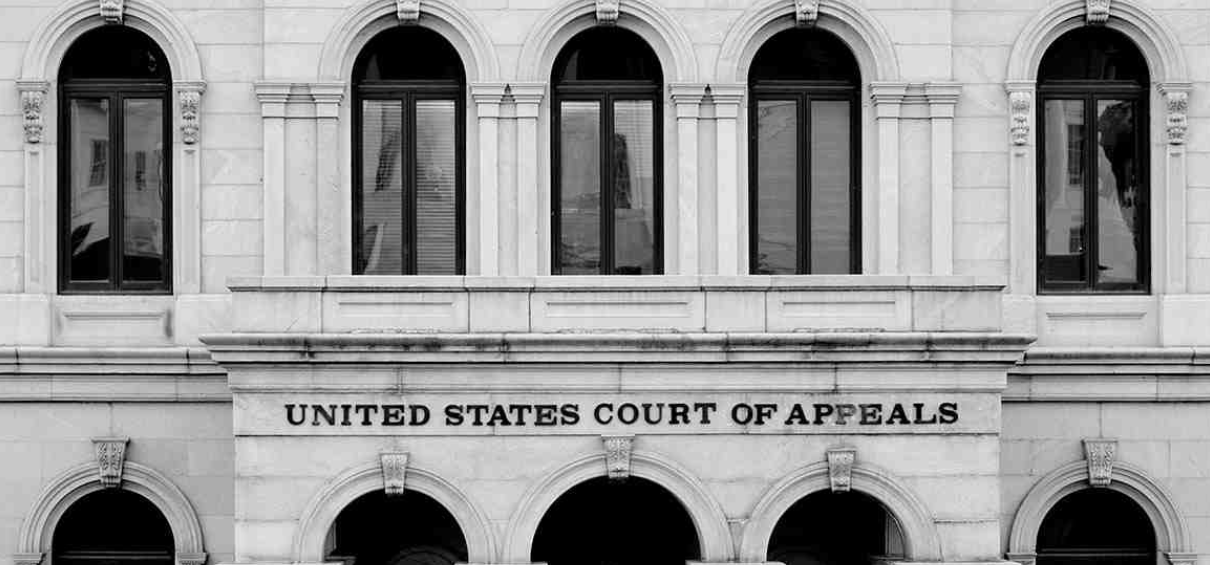The controversial 2015 decision by the National Labor Relations Board that expanded the definition of joint employment between and staffing firm and client company — and raised concerns among business groups — was sent back to the NLRB. Last Friday, the US Court of Appeals for the DC Circuit ruled on the NLRB’s decision, sending it back to the board — a move that some argue means continued confusion for employers.
Beyond common law. The NLRB’s initial 2015 decision named Browning-Ferris Industries of California as a joint employer of workers employed by staffing firm Leadpoint Business Services at BFI’s Milpitas, Calif. recycling site citing direct and indirect control of workers. The decision came after a union effort to organize workers at the location.
In its ruling last week, the court agreed with the Obama-era decision that a company could be a joint employer even it if has only indirect control or reserved control over workers. However, the court said the NLRB’s decision did not differentiate between aspects of indirect control relevant to status as an employer and other aspects of a third-party contract relationship.
“Because we cannot tell from this record what facts proved dispositive in the board’s determination that Browning-Ferris is a joint employer, and we are concerned that some of them veered beyond the orbit of the common law, we remand for further proceedings consistent with this opinion,” the court wrote.
Friday’s ruling was a 2-1 decision. “This intermediate board decision overturned decades of settled law,” Senior Circuit Judge A. Raymond Randolph wrote in his dissent. “Direct and immediate control of employees, not just indirect control or potential control, had been required before a company could be deemed a joint employer of another company’s employees for the purposes of collective bargaining.”
The court’s decision means continued confusion for employers as to whether they might be found a joint employer, according to a post by law firm Littler Mendelson on JD Supra.
Attempted reversal. In December 2017, an NLRB with newly appointed members moved to reverse the 2015 ruling in a test case, but that decision was overturned after it was found that one board member should have recused himself. And the NLRB has begun the rulemaking process on a new joint-employer standard that would return the standard to what it was before the 2015 change.
The court’s opinion could affect how the NLRB proceeds with the proposed new standard, according to a post by law firm Faegre Bakers Daniels. Because courts tend to disagree on labor law, the NRLB does not follow court decisions aside from the Supreme Court, according to the authors. “Employers should take note of this decision from the D.C. Circuit,” according to the post, “because it has the potential to alter the current trajectory of the joint employer rule at the NLRB.”









